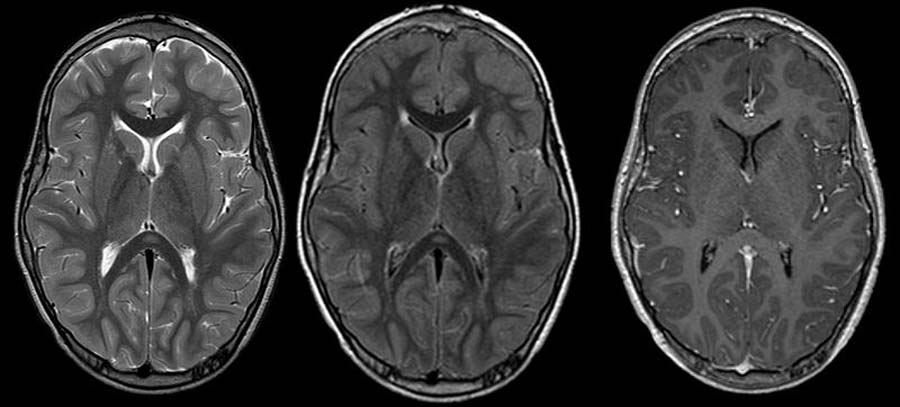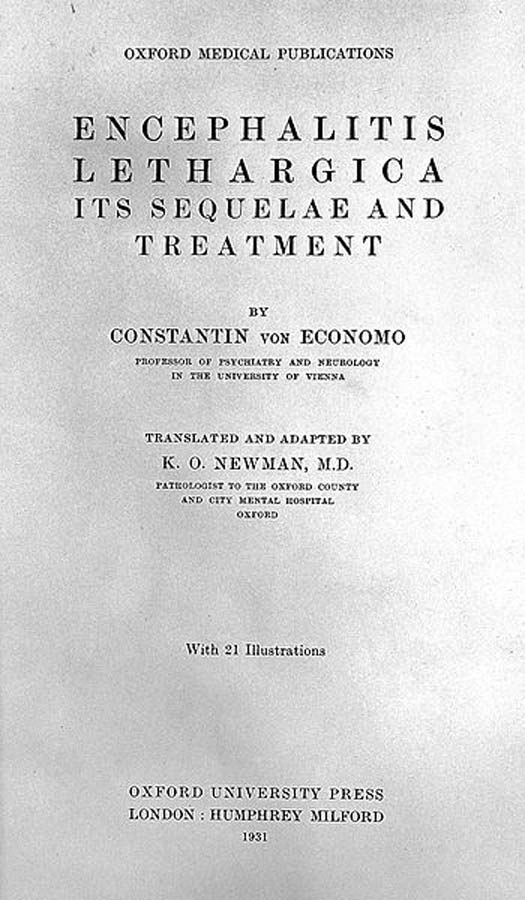Encephalitis Lethargica, or “Sleeping Sickness”, caused a pandemic which came into existence in 1916 and lasted till 1940. As per the records, this epidemic affected over half a million people in Europe. The strange part is that the cause and other relevant information about this epidemic are still unknown to mankind.
As per the documentation prepared on this pandemic, this disease was predicted to spread worldwide, thereby affecting many people. However there is no information that states the cause of this sleeping sickness amongst people, making it one of the most bizarre mysteries. Researchers are putting their effort into gathering more information about this pandemic to date.
The Outbreak of the Sleeping Sickness Pandemic
The outbreak of the sleeping sickness disease didn’t create symptoms that demanded immediate diagnosis. The changes within the body were quite slow, and strange neuropsychiatric behaviors were noticed, which led people to lethargic sleepiness. With this condition, humans were sleeping just like they have entered a state of coma.
The muscles of affected individuals were also diagnosed to be rigid while they are in the state of deep coma-like sleep. These changes were considered as further symptoms of this disease. But, astonishingly, not all the patients who suffered from this disease developed these symptoms. Furthermore, the severity also differed from one another.

The disease however was extremely deadly. As per the medical literature at that time, one-third of the patients died due to respiratory failure. This was a troubling condition due to the neurological dysfunction experienced by the human body. Several hundred thousand people died of this disease, although the majority recovered.
A different group of people who survived this outbreak reported symptoms of lethargy that forced them to sleep in a particular state for years. When the survey was conducted with the recovered patients, they also said they experienced muscle rigidity at resting hours. Based on patient testimony and research, doctors tried a new medication named L-dopa that had been developed for Parkinson’s disease. The patients responded positively to the medication.
An influenza outbreak began during the same time as the Encephalitis Lethargica sleep sickness pandemic. Therefore, some researchers even concluded that the sleeping sickness had something to do with causing this influenza infection. However, there are also researchers who believe that both the outbreaks clashing was a mere coincidence. Further researchers also said that a possible unwanted trigger might have resulted in sleeping sickness that could have been easily avoided.
The Doctors Step In
In the article, he described a series of events where patients were experiencing sleeping sickness. Under the effect of this disease, the patients reported sleeping for a very prolonged course. It was like a patient was sent into a state of coma due to this sickness. The first few symptoms stated by the doctors at the time were headaches and malaise. When the condition takes the face of severe sickness, the patient starts to have symptoms of somnolence.
This sleeping state can result in death for many patients. And if not death, then this could last for a prolonged period, which will either demand a prolonged recovery or might result in a coma. Some of the most prominent other symptoms included paralysis in the cranial nerves, particularly the eyes. Dr. Constantin von Economo concluded that this disease was a high-level threat for mankind.

Soon the disease started to appear at an increased rate. The cases were at their peak between the years 1920 and 1924. The official figures back then recorded a peak of 10,000 cases in this time span. The total mortality of this sleeping sickness disease was 500,000 cases. This figure is the total mortality rate during the complete period of the pandemic. The peak dropped after 1924, but the disease lasted around the globe until 1940.
- Medical Malpractice and the Mysterious Death of George Washington
- Poveglia Island and Its Haunting History
In the year 1929, the Matheson Report listed around 80 possible treatments for this sleeping sickness disease or Encephalitis Lethargica. Some of these treatments were being used on the patients during the pandemic period as well. However, acute cases of Encephalitis Lethargica did not respond positively to these treatments. A third of the patients died when the illness entered the acute phase. A third of the patients survived without persistent symptoms, and a third of the remaining patients experienced neurological follow-up side-effects.

Since 1940, sporadic reports associated with Encephalitis Lethargica have been diagnosed amongst patients. During the period of this pandemic, the symptoms and signs of this disease increased over time, and the doctors described around 28 types of them. All of those signs and symptoms were affecting or impacting the neurologic system.
Encephalitis Lethargica Today
It is now over 100 years since the first case of sleeping sickness was recorded. But, to date, the issues related to this disease remain quite elusive. The researchers and authors are looking for some definite and evident answers to the mystery-filled questions associated with the sleeping sickness pandemic. There is rigorous research being carried out for deriving the cause of this 100-year-old pandemic, the transmission medium of this disease, and the possibility of it happening again.
Pandemics are inevitable and will appear time after time! The fact is to know whether the world is ready to face these pandemics or not. Unfortunately, the facilities back then were not sufficient to help the doctors and experts find out the actual cause of this disease. As of today, there is no active sign of this sickness, but research continues to uncover if there is any possibility of its return.
Top Image: The cause and transmission vector for the disease remain unknown. Source: WavebreakMediaMicro / Adobe Stock
By Bipin Dimri